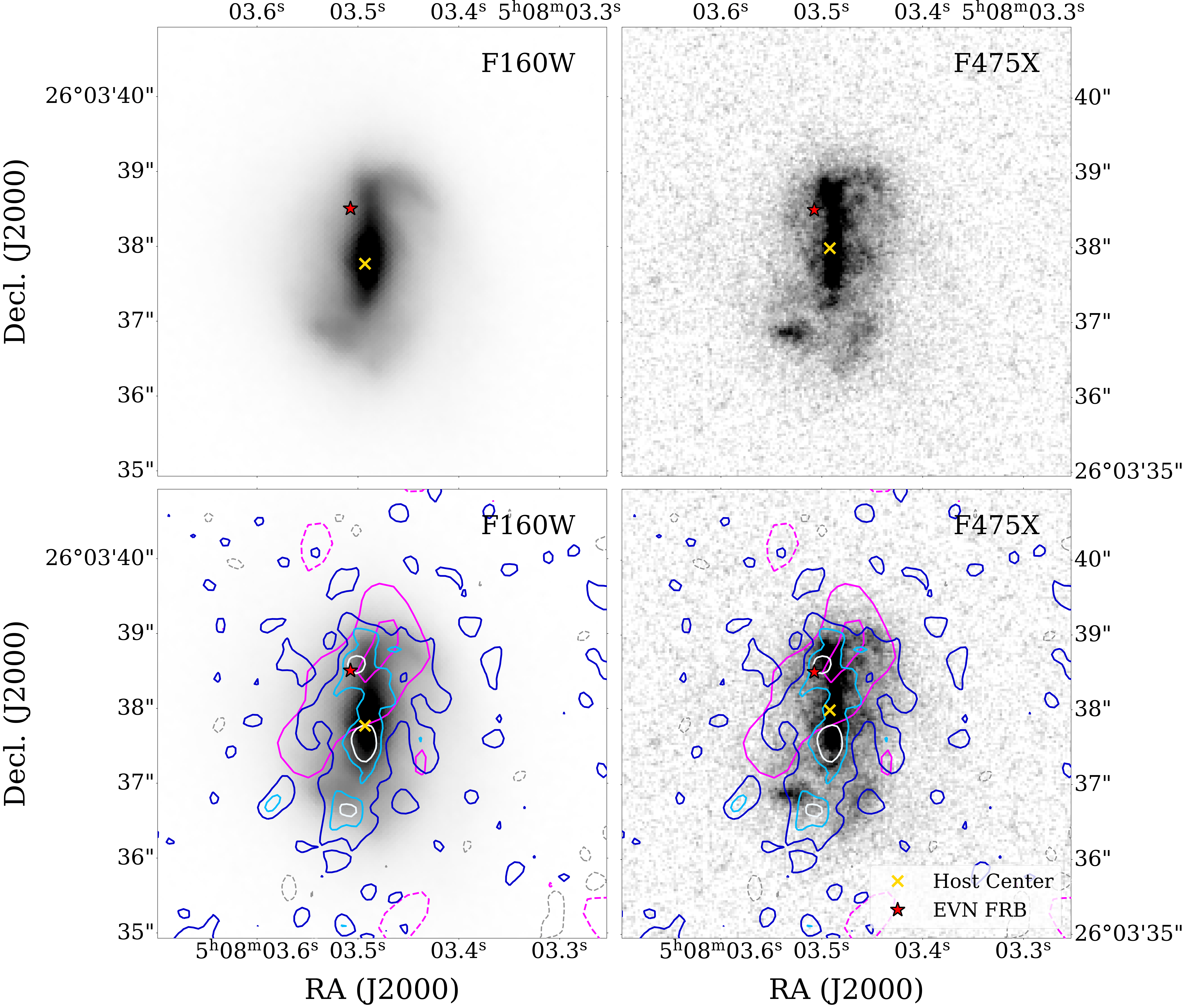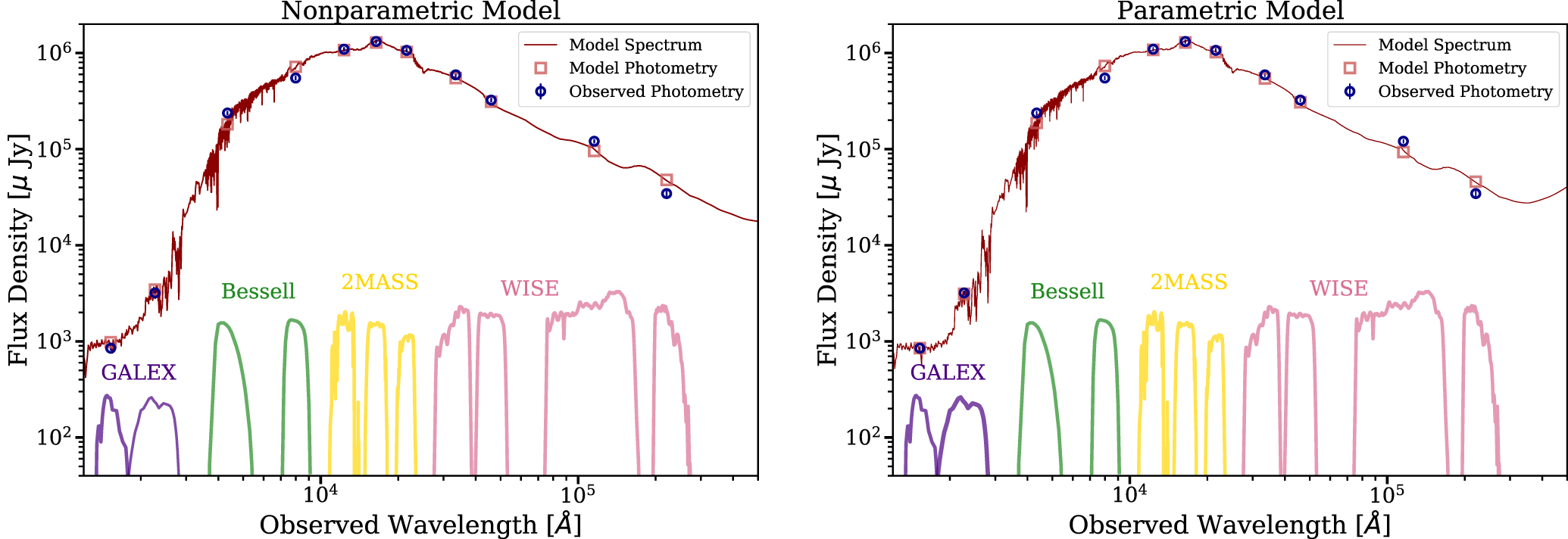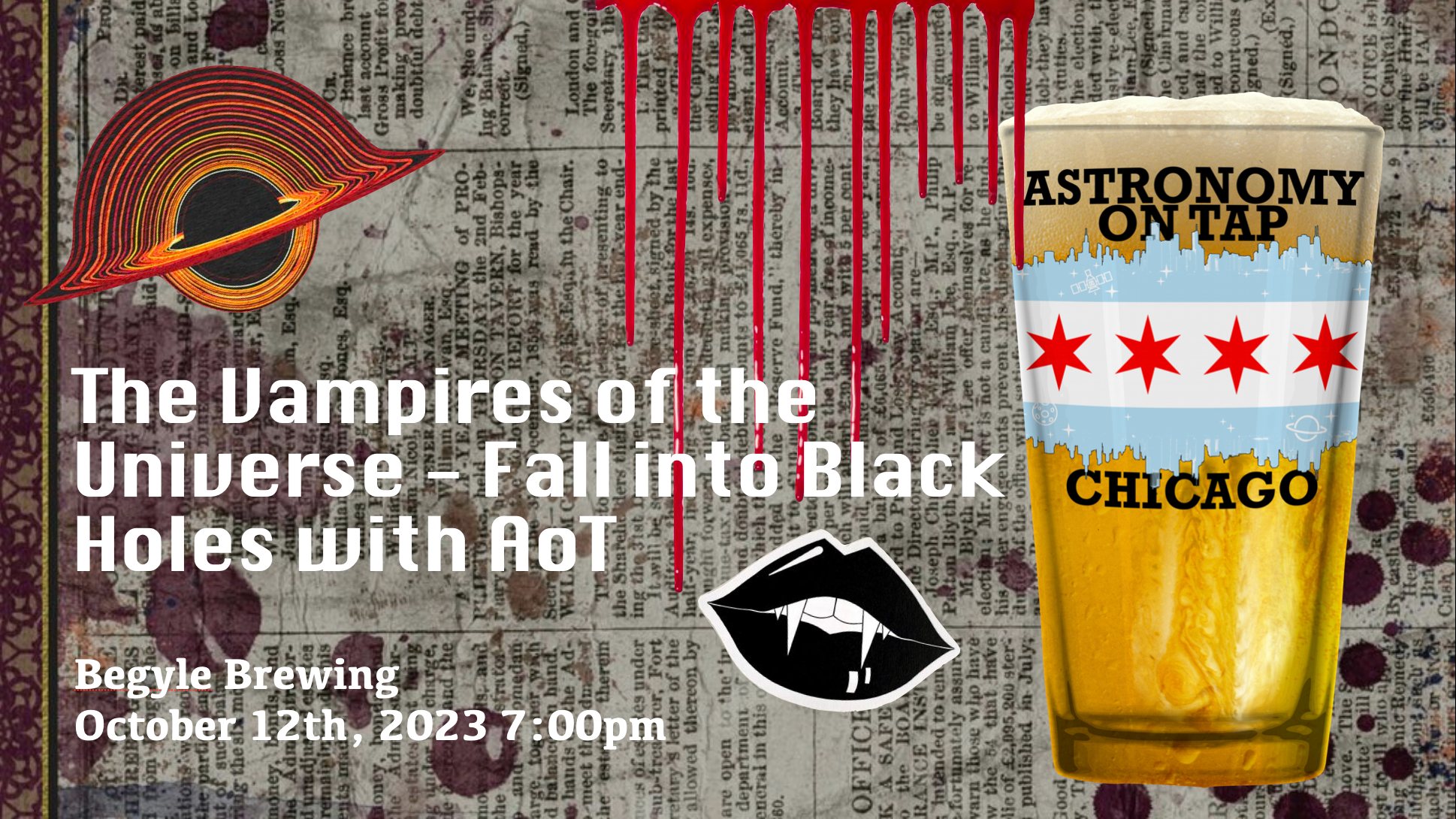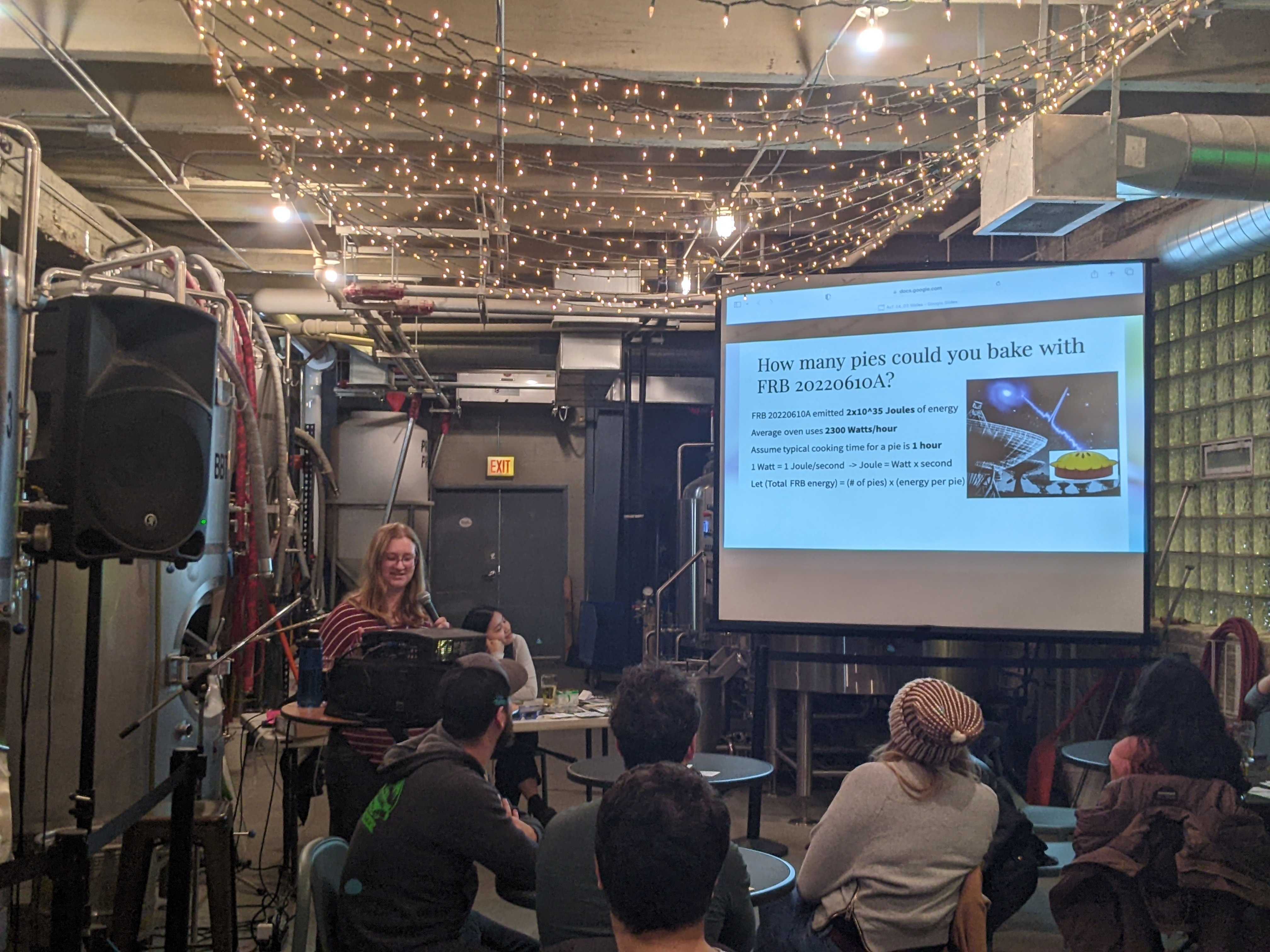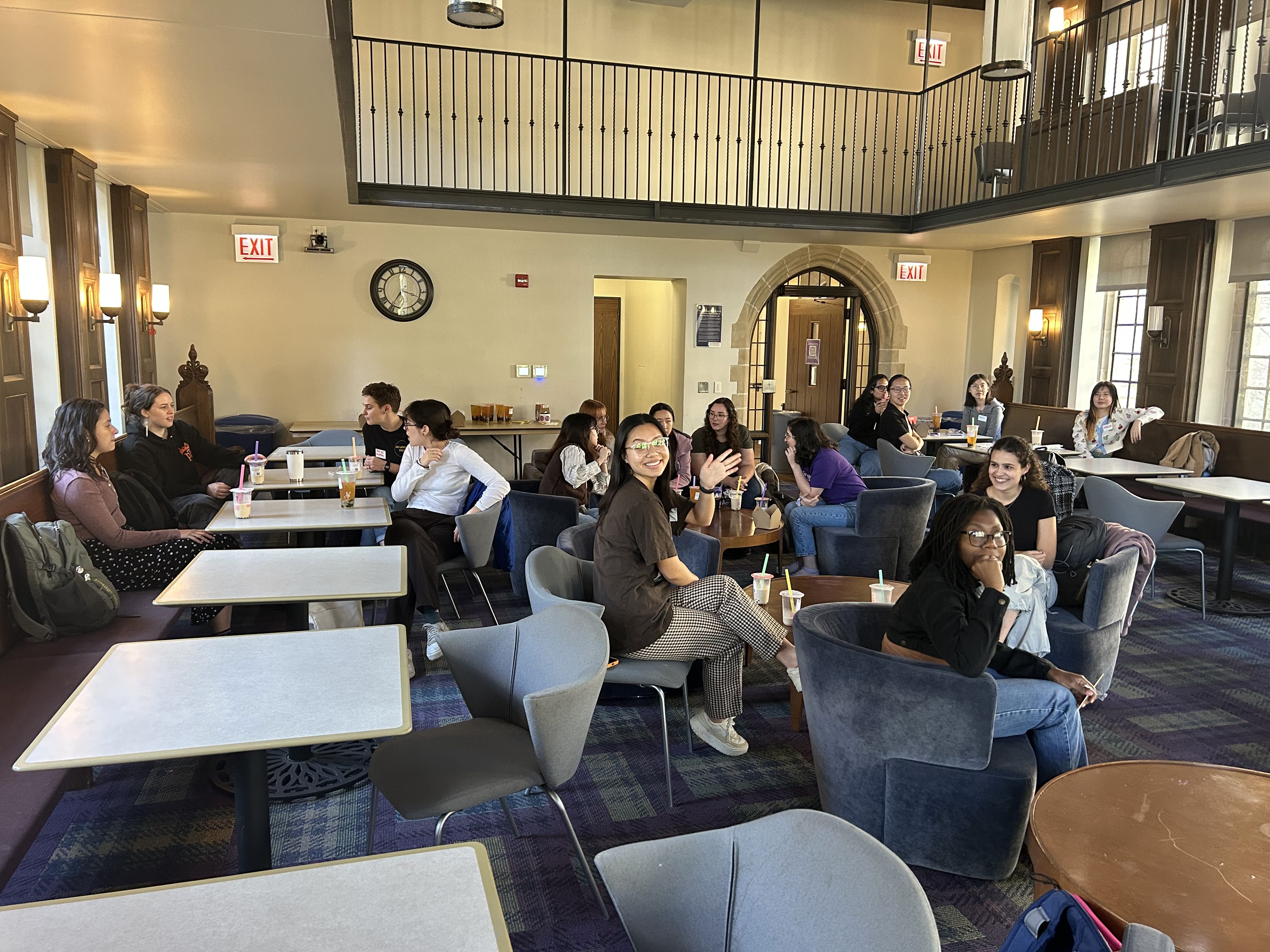The first repeating FRB 20121102A revealed a surprising compact, persistent radio source (PRS) counterpart in a dwarf galaxy, offset from its center. The leading explanation is that a compact neutron star powers a synchrotron nebula, producing the observed radio emission. Because the origins of both PRSs and FRBs are still uncertain, we set out to investigate whether PRSs could serve as signposts for FRBs. To date, five FRB-PRSs have been discovered, most reside in dwarf galaxies and all are repeating FRBs.
Using observations from VLA and EVN, we studied a sample of off-nuclear PRSs in nearby dwarf galaxies. Among them, we identified one source as the most promising FRB-PRS candidate, J1136+2643, distinguished by its compact size and galactocentric offset. While other sources may also be FRB-PRSs, some are likely background AGN. Comparing our data to models of neutron star wind nebulae and hypernebulae, we found that the radio properties of J1136+2643 are consistent with both scenarios.This work highlights the diversity of PRSs in dwarf galaxies, the flexibility of current FRB progenitor models, and the observational challenges in distinguishing true FRB-associated PRSs from interlopers.



